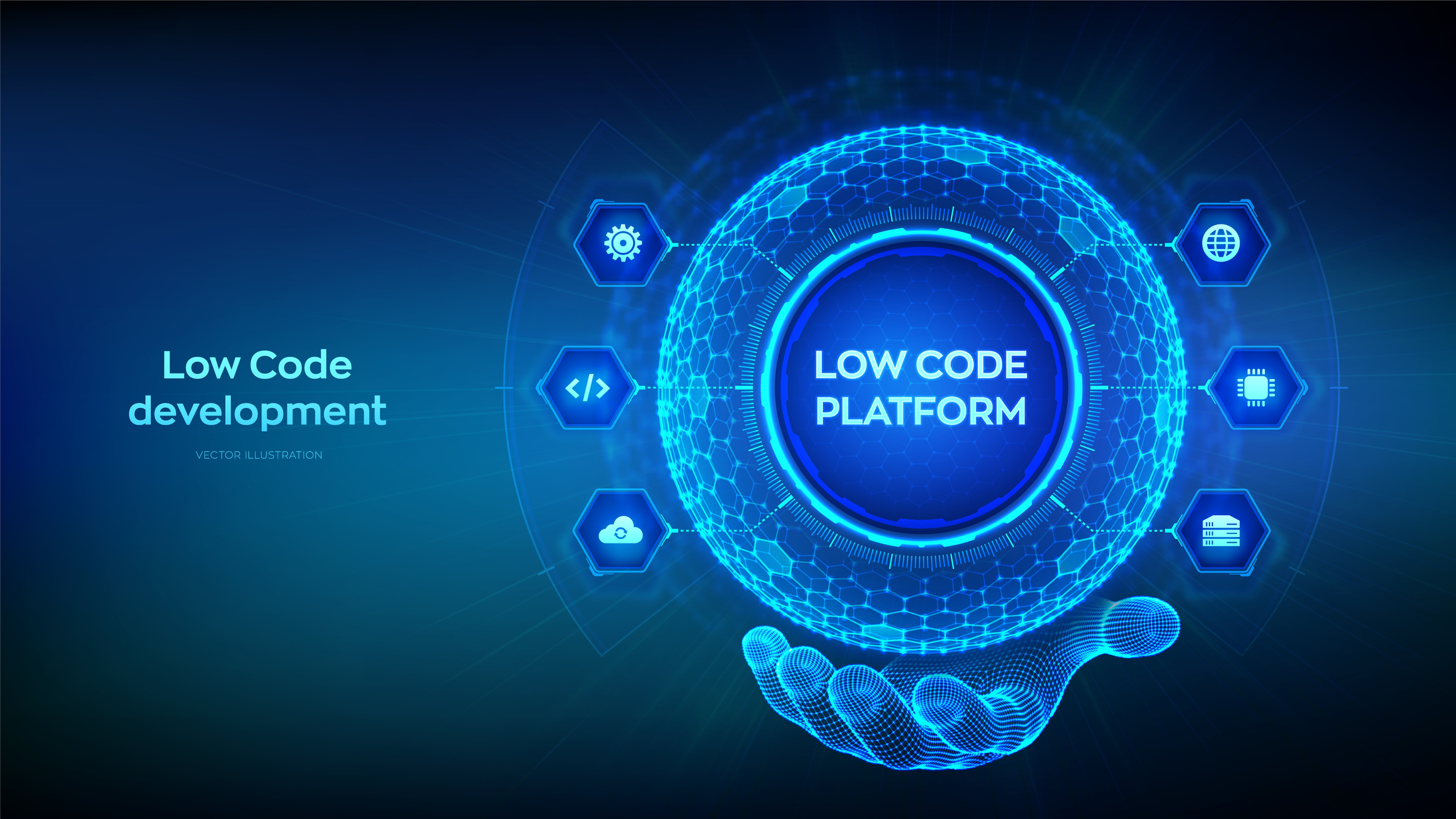
by Emily Zhang
Back in the 1990s, traditional software developers would use a programming language such as C++ to build software applications. The source code was highly technical and consisted of pointers, event handlers, and memory allocation and deallocation.
Then came C# in the early 2000s. Its syntax was closer to natural language, and it was much easier to learn. There was no need to worry about pointers or memory allocation and deallocation because the capabilities within C# addressed these issues. However, the source code still seemed technical due to the complex concepts and interdependencies one needed to master in order to use the language.
In the early 2000s, C# introduced a syntax that was closer to natural language; however, the source code still seemed technical.
Then came “low-code” platforms. Their use of visual modulation and a user-friendly workflow made application development simple, fast, and fun. Even a non-technical user could put together an application using the intuitive drag-and-drop method and configuring instead of coding. Gartner coined the term “citizen developer” to refer to people who create applications without traditional coding knowledge.
“Low-code” platforms use visual modulation and user-friendly workflow, making application development simple, fast, and fun.
The advantages of low-code platforms are many. They include expedited development processes and empowering business users or citizen developers. The disadvantages of low-code platforms are their lack of flexibility and difficulty in customizing. For complex use cases, these platforms are too rigid and restrictive to produce the desired results.
Gartner’s 2023 Magic Quadrant Report rates the following low-code platforms: OutSystems, Appian, Salesforce, and ServiceNow, among others.
Photo credit: Iurii Motov | iStock